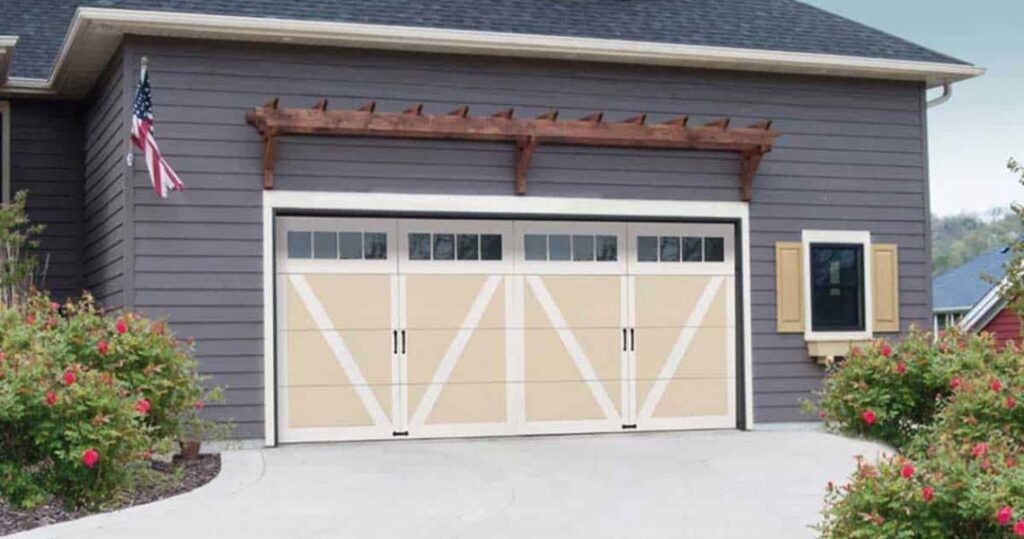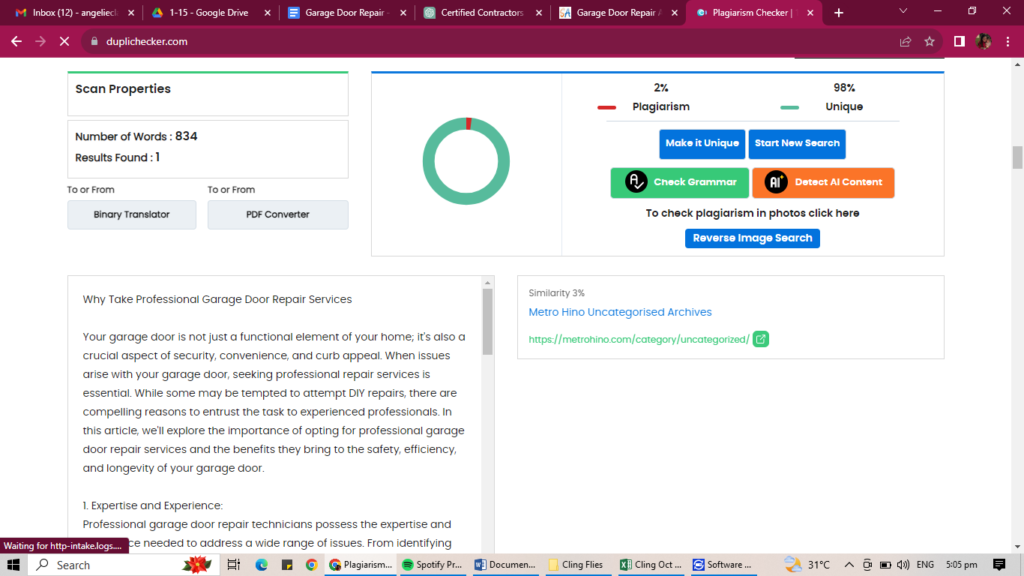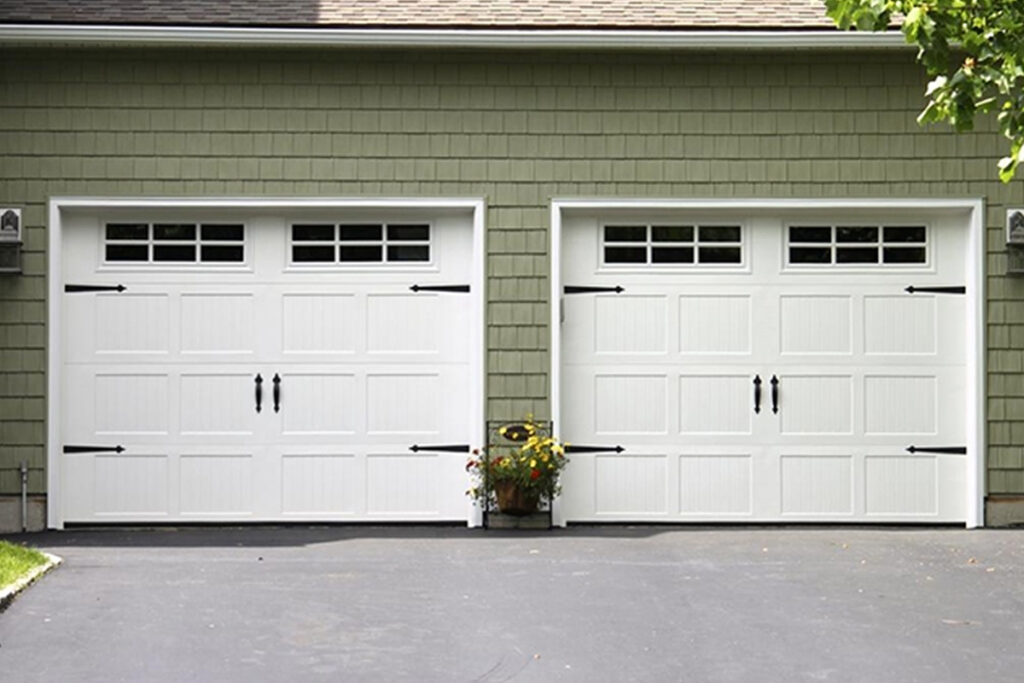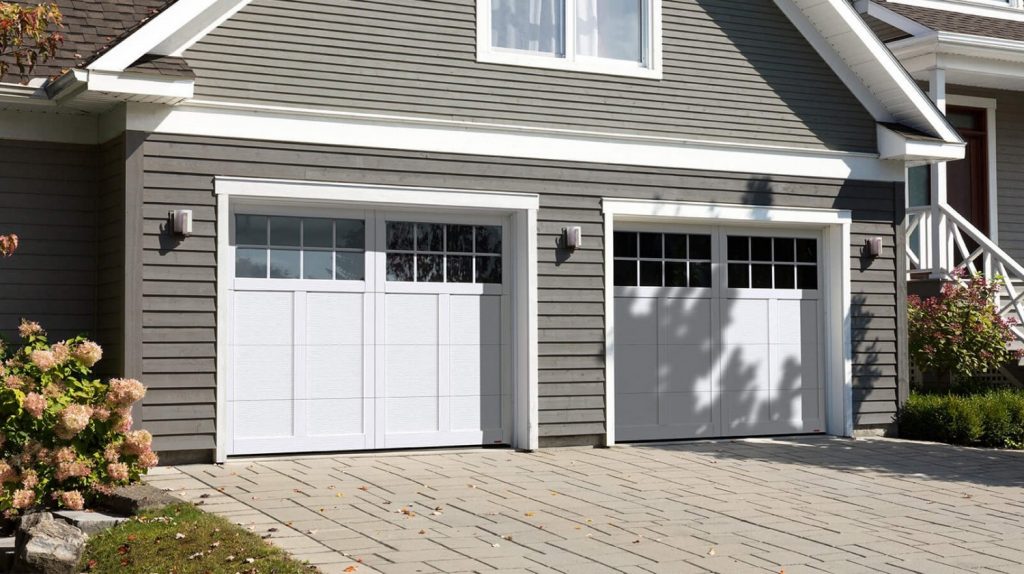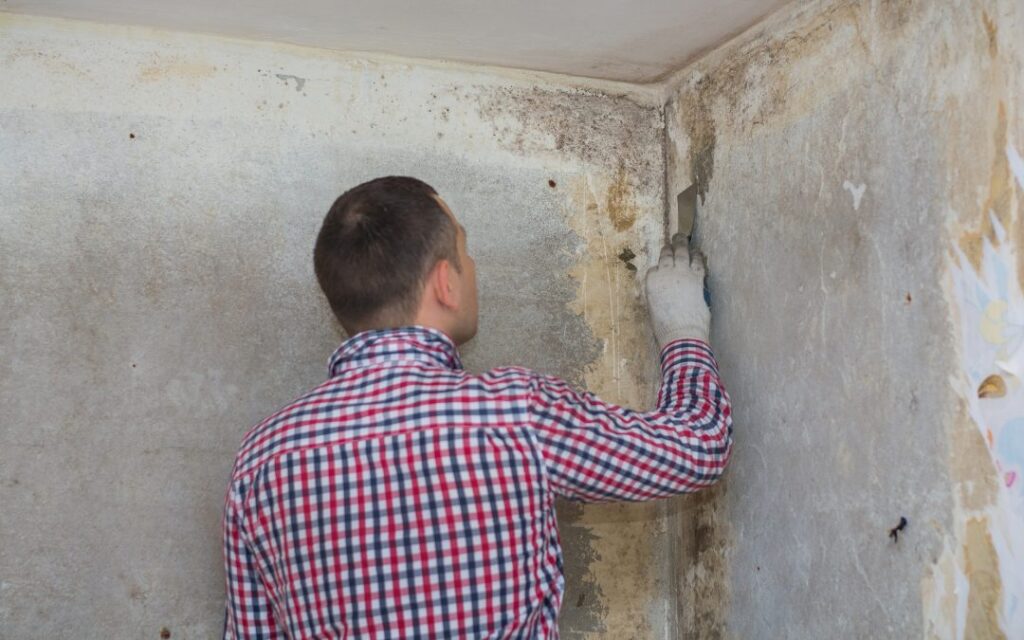Selecting the right Long Beach Roofing Contractor is a crucial decision that can significantly impact the longevity and performance of your roof.
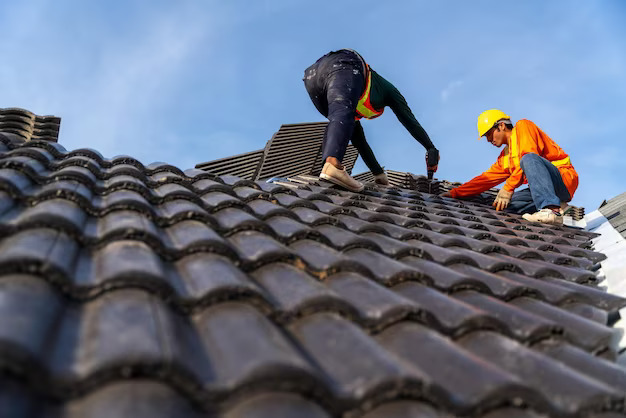
With numerous options available, it’s essential to consider various factors to ensure you choose a reliable and skilled professional. In this guide, we will walk you through the key factors to consider when selecting a roofing contractor in Long Beach, providing you with the knowledge needed to make an informed decision.
Reputation and Reviews
One of the first factors to consider is the reputation of the roofing contractor. A reputable contractor will have positive reviews and testimonials from satisfied customers. Look for online reviews on platforms like Google, Yelp, or the contractor’s website. Additionally, seek recommendations from friends, family, or neighbors who have had roofing work done.
Licensing and Certifications
Ensure that the roofing contractor is licensed and certified to operate in Long Beach. A valid license indicates that the contractor has met the necessary legal requirements to perform roofing work in the area. Certifications from industry associations further demonstrate a commitment to professionalism and ongoing education in the field.
Experience in Long Beach
Experience in the local area is essential. A roofing contractor familiar with the unique climate and challenges of Long Beach is better equipped to provide suitable solutions. They understand the impact of salt air from the ocean, occasional storms, and the overall weather conditions that can affect the longevity of your roof.
Insurance Coverage
Verify that the roofing contractor has adequate insurance coverage. This includes both liability insurance and workers’ compensation insurance. Liability insurance protects you in case of property damage during the project, while workers’ compensation insurance ensures that you won’t be held liable for any injuries sustained by the contractor’s workers on your property.
Transparent Contract and Estimates
A reputable roofing contractor will provide a clear and detailed contract, outlining the scope of work, materials to be used, project timelines, and payment terms. Be wary of contractors who provide vague estimates or contracts with unclear terms. A transparent and well-documented agreement helps prevent misunderstandings and ensures that both parties are on the same page.
Local Presence and References
A contractor with a local presence and established reputation is preferable. Local contractors are more invested in maintaining their reputation within the community, and they are often familiar with local building codes and regulations. Ask for references from past customers in Long Beach to get firsthand insights into the contractor’s work quality and professionalism.
Warranty and Guarantees
Inquire about the warranties and guarantees offered by the roofing contractor. A reliable contractor stands by their work and provides assurances for the materials used and the labor performed. Be sure to understand the terms of the warranty and what is covered in case issues arise after the completion of the project.
Communication and Responsiveness
Effective communication is crucial throughout the roofing project. Assess the contractor’s responsiveness to your inquiries, whether through phone calls, emails, or in-person meetings. A contractor who communicates promptly and clearly is more likely to address any concerns or questions you may have during the project.
Quality of Materials
Discuss the materials that the contractor intends to use for your roofing project. A reputable contractor will use high-quality materials from trusted manufacturers. Understanding the durability and lifespan of the materials is essential in making informed decisions about the long-term performance of your roof.
Local Knowledge and Building Codes
A roofing contractor with local knowledge is better equipped to navigate Long Beach’s specific building codes and regulations. Compliance with these codes is essential to ensure that your roofing project meets the necessary standards and passes inspections.
Payment Terms and Financing Options
Clarify the payment terms with the contractor before starting the project. Be cautious of contractors who demand full payment upfront. Reliable contractors typically work on a payment schedule tied to project milestones. Additionally, inquire about any financing options that the contractor may offer to make the project more manageable within your budget.
Professionalism and Workmanship
Observe the professionalism and workmanship of the contractor and their crew. A professional contractor takes pride in their work and maintains a clean and organized work site. Pay attention to details, such as how well the contractor explains the project, their punctuality, and the overall demeanor of their team.
Environmental Considerations
For homeowners with an eco-friendly mindset, consider a roofing contractor who incorporates sustainable and environmentally friendly practices. Some contractors may offer recycled or energy-efficient roofing materials, contributing to both environmental conservation and long-term energy savings.
Check the Better Business Bureau (BBB) Rating
The Better Business Bureau (BBB) is a valuable resource for assessing the credibility of a roofing contractor. Check the contractor’s BBB rating and any customer complaints or reviews. A high BBB rating indicates a commitment to ethical business practices and customer satisfaction.
Conclusion:
Selecting the right Long Beach Roofing Contractor requires careful consideration of various factors, from reputation and experience to licensing and insurance coverage. By thoroughly vetting potential contractors and asking the right questions, you can ensure that your roofing project is in capable hands. Remember that investing time in selecting the right contractor upfront can save you from potential headaches and costly issues down the line.
Best Roofing Solution – Long Beach
4447 Rutgers Ave, Long Beach, CA 90808, United States
1-562-265-3147


